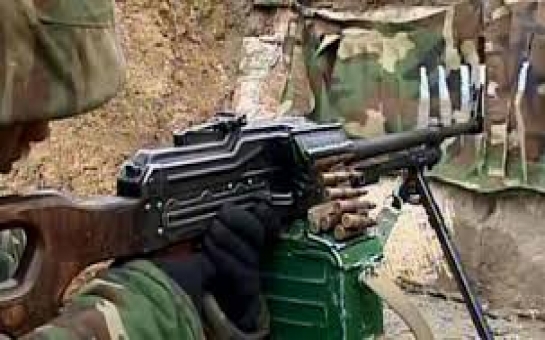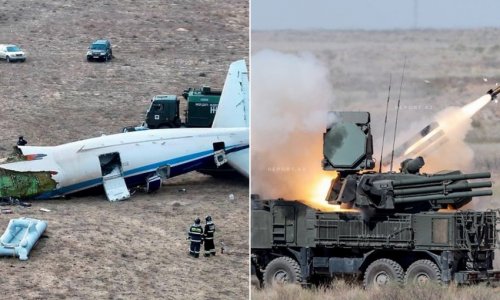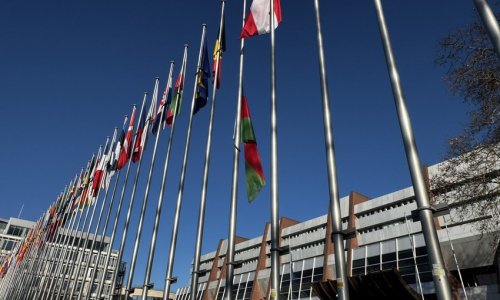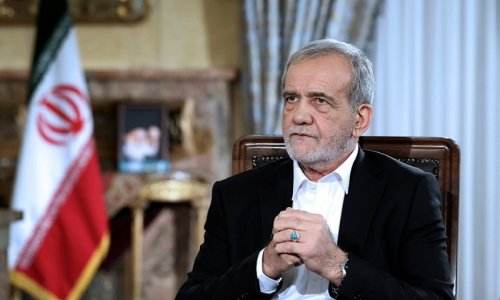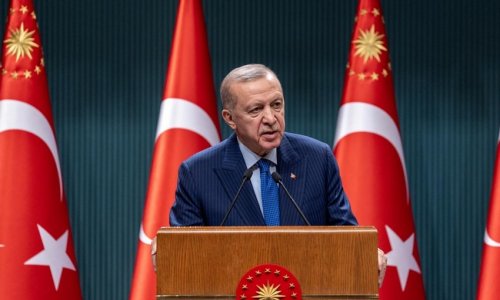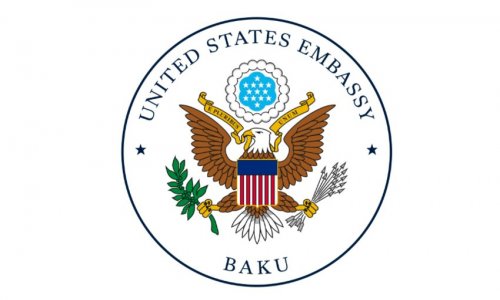The Nagorny Karabakh conflict has affected the lives of thousands of people. Those living close to the front line are still exposed to shooting, despite the ceasefire.Front-line communitiesChalabi Kishi lives in the village of Tap Garagoyunlu, in the Goranboy district of Azerbaijan, with his wife, their daughter and two grandchildren. In 1982, he built a house for his family in this picturesque mountain village. “I am an ordinary villager, and I don’t have a lot of money,” says Chalabi. “I invested all my savings, and worked together with the crew who helped me build the house. When the conflict over Nagorny Karabakh hit the area, our house happened to be just a few meters away from the front line, which, despite the ceasefire of 1994, is still exposed to shooting.”Chalabi's family has been living with the constant threat and facing the same dilemma as many people in his community and all along the front line – staying and living with the daily risks, or leaving and becoming a stranger somewhere far away from their land. “We did not want to become an IDP in our own country and we decided to stay,” says Chalabi.Building protective wallsThe ICRC delegation in Azerbaijan has helped many front-line communities, supporting livelihood activities and mitigating the risks of living close to the front line. One of its activities is building protective walls to shield homes from stray bullets, as people living near the front line are sometimes wounded or killed as they go about their daily activities.“When the ICRC came to Tap Garagoyunlu to investigate the effect of the conflict on people in the village and offer its support, Chalabi Kishi's family asked if we could build a wall to protect the entrance against bullets. Given their location, it was clear that they were exposed and at risk,” says Denise Duran, head of the ICRC's Baku delegation.Before building such walls, the ICRC notifies the parties to the conflict that it intends to undertake work for the well-being of civilians. Through its office across the front line, the ICRC notified its plans and obtained pledges that ICRC teams and private contractors, or family members doing the work, would be able to work without the risk of shooting.Neutral intermediary“The ICRC had to persuade truck drivers to bring bricks to Tap Garagoyunlu, as the area is known to be dangerous. They agreed to deliver only when we suggested temporarily marking their trucks with Red Cross emblems,” says Ms Duran.The Red Cross emblem signifies that activities of a purely humanitarian nature are taking place. The Geneva Conventions regulate who is entitled to use this emblem and obliges parties to armed conflicts to protect the personnel and objects displaying it and to facilitate their work.“To make things even more complicated, the road behind Chalabi Kishi's house is very exposed to shooting and drivers are afraid to use it,” explains Ms Duran. “Chalabi and his family had been entering their home from a neighbour's gate on foot for years so as not to risk using the road. But it's the only road by which we could deliver bricks and other building materials for the protective wall. Protected by the Red Cross emblem, trucks used that road for the first time in 19 years and delivered the materials in safety.”
As the trucks entered the yard, Chalabi was speechless with happiness and amazement. His wife spoke for both: "Nobody was visiting us because they were afraid of getting shot. Now, we will have guests in our house again after 19 long years."
(ICRC)

